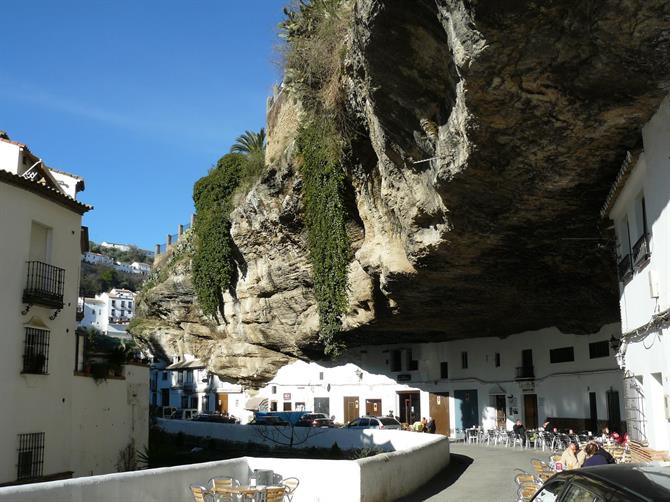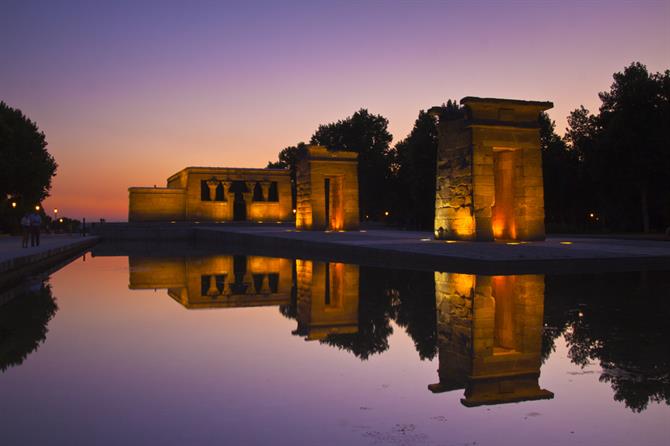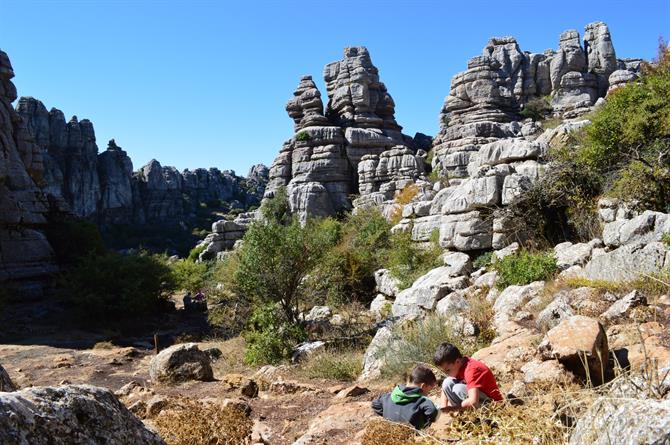Spain’s location has always made it a natural bridge between Northern and Southern Europe, Africa, the Americas and the East. Culture and history aside, the natural landscape on offer is just staggering. From the Costa beaches, to some of Europe’s highest mountains, buzzing cosmopolitan cities, to far-flung tiny villages. Spain has it all.
How about some of those off-the-beaten-track destinations? Places near some of Spain’s bigger tourist destinations yet which feel as if they are a million miles away.
Here are five of our favourites.
A train journey through “Mars on Earth” – the Rio Tinto mines

Rio Tinto Huelva
Rio Tinto, translated as “red river” is considered by many to be the birthplace of the Iron and Copper age.
Situated in southernmost Andalusia, in the Province of Huelva, Rio Tinto is a mine with a history. A history of over 5,000 years. Early records show that the Iberians and Tartessians first began mining the area. They were later followed by the Phoenicians, Greeks, Romans, Visigoths and Moors.
Gold, silver, copper and other minerals were all extracted. “Mars on Earth” is a favourite with NASA scientists who come to explore how life can survive in such extreme conditions.
The high iron content and acidity make the river unsuitable for swimming….but one journey that should be high on anyone’s list is the 22-kilometre train journey which winds first through the mines and then through the lush vegetation that borders the Sierra de Aracena and Picos de Aroche Natural Park.
A journey of unforgettable colours and contrasts.
A walk through Setenil de las Bodegas, Cádiz

Setenil de las Bodegas Cadiz
The village of Setenil de las Bodegas in the Province of Cádiz must be high on anyone’s list of unusual places to visit in Spain.
This village of 3,000 souls takes living at one with nature to a whole new level with many people’s homes seemingly supporting the mountain that sits above them. Not a good place to live if claustrophobic. But definitely a good place to see for a day trip.
Walking through the village is a memorable experience. It’s also home to one of Spain’s best olive oils – be sure to pick some up.
For more information on Setenil de las Bodegas in the Province of Cádiz
A sunset to remember – the temple of Debod

The temple of Debod, Madrid
A stone’s throw from the Plaza de España and located within one of Madrid’s most beautiful parks, the Parque de la Montaña, sits an ancient Egyptian temple.
This 4th-century BC temple originally stood in Egypt’s Nile Valley but was shipped, piece by piece, to Spain in 1968.
It was given as a gift to the Spanish government in recognition of their help in saving historical sites that were to be flooded when the Aswan High Dam was built.
Surrounded by a lake which reflects the temple from every conceivable angle, it’s arguably the best place to watch the sunset in Madrid.
A photographer’s dream come true.
Cowboy country – the Tabernas desert

Cowboy country – the Tabernas desert
The only official desert in continental Europe, Tabernas is no stranger to sunshine and extreme temperatures.
If looking for a Spanish holiday with almost guaranteed sunshine, Almeria is the place to go. The desert captivates all that see it. Including some of the biggest names in Hollywood, having set the scene for numerous spaghetti Westerns, including such classics as ‘A fistful of dollars,’ ‘For a few dollars more,’ and ‘The good, the bad and the ugly.’
A visit to the Mini Hollywood is highly recommended. The replica wild-west town provides enough activities to keep the whole family entertained.
Ever fancied being a cowboy for the day? This is the place to do it.
A walk through dinosaur country – El Torcal Natural Reserve

El Torcal Natural park, Antequera
The El Torcal mountain range sits just outside of the town of Antequera in the geographical heart of Andalusia. It’s an area that captivates all who see it.
The karst formations are amongst the most spectacular to be found anywhere in Europe. They have been formed over millions of years and feature rocks that pre-date some dinosaurs. The limestone was part of the seabed that dates from the Jurassic period some 150 million years ago. The whole area was under the sea of Tetis.
There are several walking routes around the park. They provide a great way to see and experience El Torcal first hand. Children, in particular, will have the time of their lives, walking through tunnels and caves while hunting for fossils……it is dinosaur country after all!
For more information on the El Torcal natural reserve.
